COVID-19 Cheat Sheet: How to take care of your COVID-infected family (Part 1)

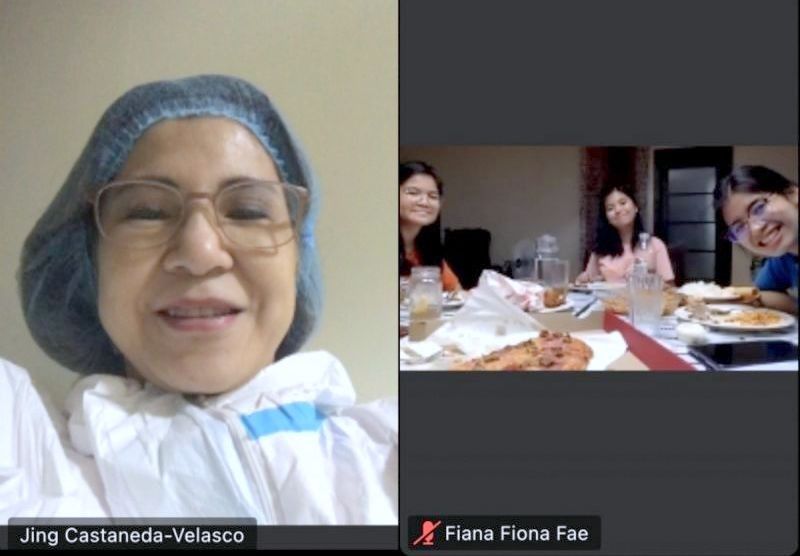
It’s already 2022 and we’re still at war against COVID-19. Last year, as much as I tried to protect my daughters from not being infected, unfortunately, they too were infected with COVID. It was such a nerve-wracking experience for me and Nonong, especially since we had just lost Nonong’s brother, Kenn, to COVID. It was also extra difficult and worrisome because I had to juggle being a mom who wanted to take care of her sick daughters, a wife who had to look after her COVID-infected husband in the hospital, and myself who was also COVID-positive.
Since some of our helpers had gotten mild COVID as well, I had to make sure that they were recovering well and, at the same time, that the needs of the entire household were being met. I’m sure this is something that a lot of mothers are experiencing right now.
With the help of our hardworking doctors, nurses, and other frontliners, as well as the care and prayers of our family and friends, and of course, by the grace of God, we were able to overcome.
Now that there’s been another surge of families getting sick with COVID due to the Omicron variant, my family and I revisited our COVID-19 experience with child psychologist Rhea Lopa-Ramos in one of our Okay, Doc episodes last year.
Here are important tips on how to make your child—or any member of the household—more comfortable and stress-free if he/she is sick with COVID-19.
Observe the symptoms
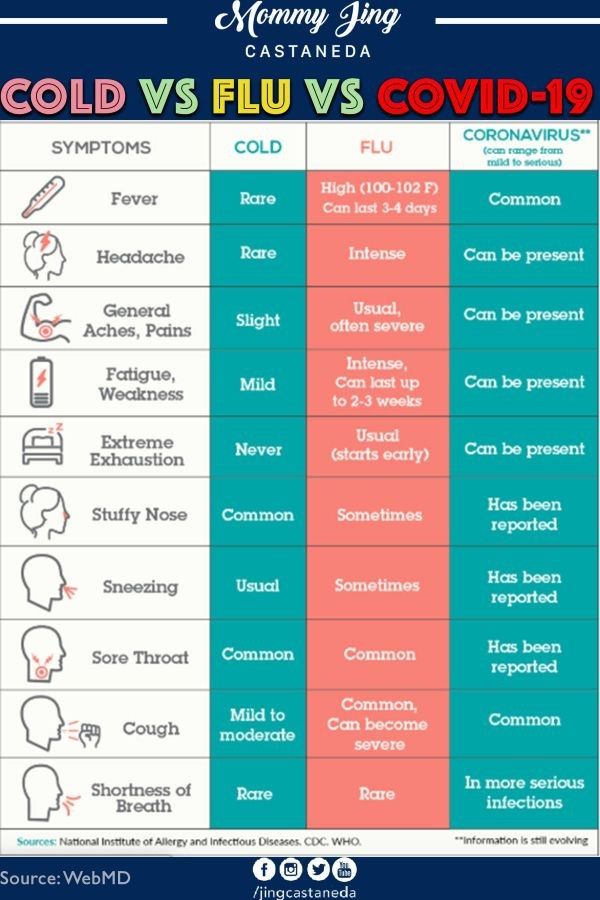
The three most common symptoms of COVID-19:
- Fever
- Cough/Sore Throat
- Colds
Since it’s also the flu season, let’s not jump to the conclusion that our child automatically has COVID. But just the same, monitor how he/she is doing.
According to the Philippine Pediatric Society (PPS), infants and children infected with COVID-19 can be asymptomatic in 17.3% of cases, mild (42.1%), moderate (24.5%), or severe/critical (16.1%). Administering RT-PCR is still the advisable procedure to test for COVID infection, but it’s a bit pricey and it takes longer to get the result, especially now that cases of COVID-positive individuals have been increasing.
Antigen kits are now being made available in the market and can be administered at home. But it is recommended to have it done several times as it’s not as accurate as the RT-PCR test. If your child has COVID symptoms but tested negative in the Antigen test, repeat the test after 48 hours.
Remind your child to cover his mouth and nose using a tissue or upper arm or elbow when coughing or sneezing to avoid the splatter of saliva. Keep your child hydrated; have him/her drink water as often as possible. Check with your pediatrician about your child’s symptoms and the appropriate medicines and vitamins for him.
Use prone positioning if needed
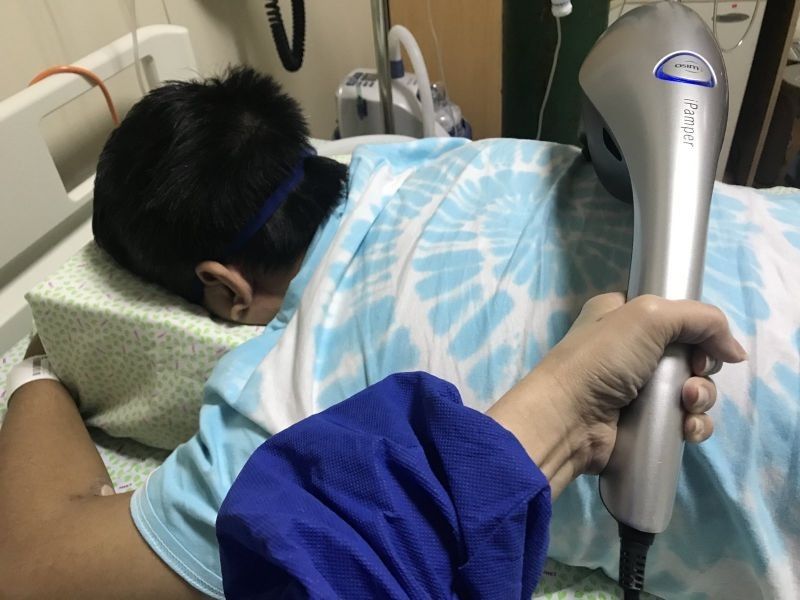
“Proning saves lives!” This is something Nonong’s doctors kept on emphasizing, especially since he almost got intubated. But prone positioning or postural drainage is used to treat, not just COVID-pneumonia. It can also be used to help mucus out of your lungs if you have a bad cold, regular pneumonia or fever. It helps a patient in increasing airflow to all areas of his lungs by using gravity to move the mucus into the central airway where it can be coughed up.
Postural drainage can be used at home—on a bed or on the floor—and is safe for people of all ages, even children. Make the patient lie on his stomach or on his/her side (he can change positions every 30 minutes to 2 hours) while someone is gently clapping on his back or sides with a cupped hand to shake the mucus loose from the lungs.
Stick to hygienic routines
Regular handwashing is one of the best ways to get rid of germs and to prevent it from spreading. According to the Centers for Disease Control and Prevention website (cdc.gov), hand washing reduces respiratory illnesses, like colds, in the general population by 16-21% and could protect about 1 out of every 3 young children who get sick with diarrhea, and almost 1 out of 5 young children with respiratory infections like pneumonia.
Always have a ready antibacterial soap in all bathrooms or sink. Have bottles of alcohol or hand sanitizer (with at least 70% alcohol content). Avoid touching your eyes, face, mouth and advise your child to do the same.
Keep your house clean
In the middle of taking care of your child and making sure that you don’t get sick, you tend to forget to tidy up your surroundings, especially if you don’t have extra help. It’s also important to make sure that during this time, your home should be sanitized and free from items that could get contaminated with germs or COVID that might make the rest of your family ill. Automatically get rid of single-used face masks and wash cloth masks as if you’re washing dirty clothes. Damp towels that can be a haven for germs and bacteria should be washed immediately.
Disinfect your home’s surfaces especially the areas frequented by your sick child. According to the released Parent’s Guide on COVID-19 Infection in Children by the Philippine Pediatric Society (PPS), disinfectants like household bleach, hydrogen peroxide > 0.5% and 70-90% ethyl/isopropyl alcohol, effectively kill viruses and bacteria on surfaces. Although these disinfectants may be useful to kill germs, it might be toxic to your family or pets. So choose which disinfectants to use and make sure to protect yourself with gloves when handling these cleaning materials.
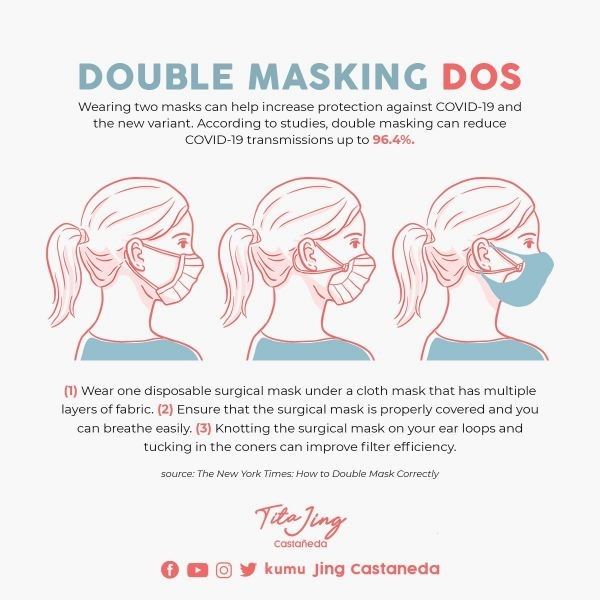
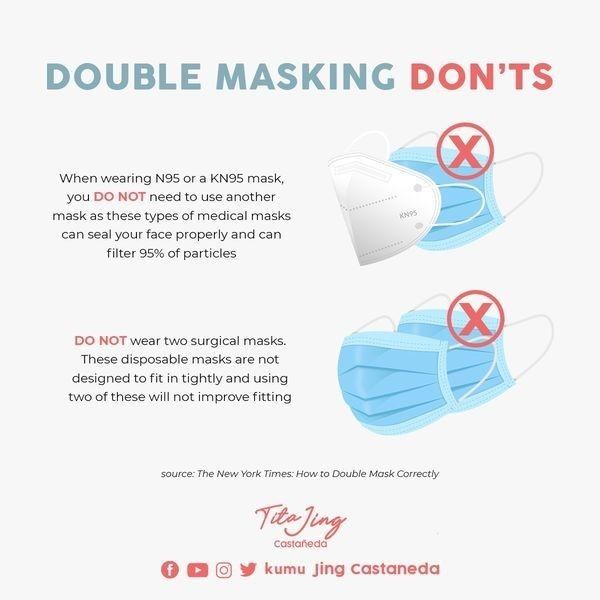
Wear your face mask, protect yourself
If you haven’t tested positive but your child or a member of your family is infected with the virus, wear a face mask even inside your house. Using mask alone is no guarantee that it will prevent the virus from infecting you, but it does provide ample shield if you’ll use the right kind and administer the proper way of wearing it. According to the PPS guide, masks, when worn snugly over the face and mouth, are believed to reduce the risk of infection by nearly 70%. Cloth masks generally have lower filtration effectiveness compared to medical masks, so it’s not advisable to wear these alone. It can however be used as a double mask on top of an ordinary disposable surgical mask. It’s best to wear an N95 or KN95 mask to provide high protection.
***
Having a sick family member, especially children, is never a good feeling and with the current increasing number of COVID cases due to the Omicron strain, we’ll have to work extra hard to protect our homes from being infected. With our experience last year, what I’ve learned is that we should try our best to keep calm, be armed with the right information (follow my Instagram, Facebook, and Twitter accounts for accurate health information), provide an optimistic atmosphere for your household, and pray for guidance and strength that you all will get through this unscathed.
--
Watch Pamilya Talk on Facebook, YouTube, and Kumu (@JingCastaneda – 6:00-7:00pm Monday, Tuesday & Wednesday). You can also follow my social media accounts: Instagram, Facebook, YouTube, Twitter, and Kumu. Please share your stories or suggest topics at editorial@jingcastaneda.ph.




















